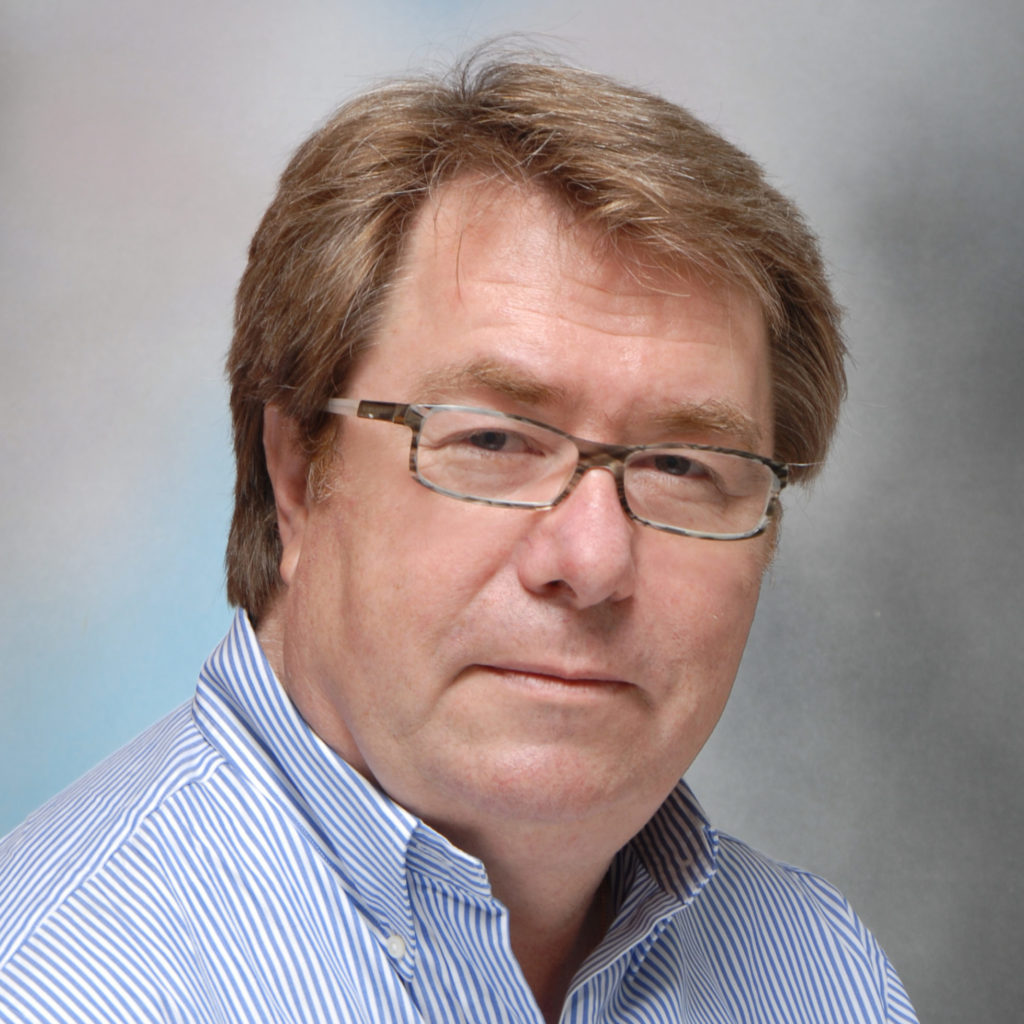MIKE PAPADOPOULOS
Orthodontic treatment with clear aligners: Indications & limitations
Prof. M. A. Papadopoulos
[45-60 min]
Since the establishment of orthodontic specialty, fixed appliances have been the backbone of the biomechanical techniques. However, the unwillingness to wear braces due of their poor esthetic appearance, as well as the new technology advances, especially in 3D imaging and stereolithography, resulted in the development of alternative treatment options, such as the clear aligners.
Treatment with clear aligners is generally indicated for simple to moderate non-skeletal malocclusions and present several advantages, such as (a) ideal aesthetics, (b) ease of use for the patient, (c) comfort of wear, (d) simplicity of care and better oral hygiene, (e) potential metal allergy reactions associated with conventional fixed appliances are avoided, (f) elimination of the difficulty of bonding fixed appliances in special surfaces, (g) evaluation of treatment options in detail before initiation oftreatment, and finally (h) the virtual treatment plan can serve as a motivating tool for the patient during consultation.
However, this treatment approach also presents some limitations. Conditions that could be difficult to treat with clear aligners alone include among others (a) crowding and spacing over 5 mm, (b) cases requiring teeth extractions, (c) skeletal anterior-posterior discrepancies of more than 2 mm, (d) severely rotated teeth, and (e) teeth with short clinical crowns. Nevertheless, some of these problems may be addressed efficiently if clear aligners are used in combination with temporary anchorage devices, such as the miniscrew implants, to support anchorage during orthodontictooth movement. Furter, the limited control over root movement, the limited intermaxillary correction, the lack of operator control, the time-consuming computer work, and the expensive outsourced lab procedure could be considered as limitationsof this approach.
In conclusion, when using clear aligners, achieving similar results to those of theconventional fixed appliances sometimes may be difficult. However, since thisapproach presents several advantages, it can be efficiently utilized in clinical orthodontics, especially after proper selection of cases and biomechanics.

Dr. Moschos A. Papadopoulos serves as Professor, Chairman and Program Director at the Department of Orthodontics, School of Dentistry, Aristotle University of Thessaloniki, Greece. He is also Visiting Professor at the University of Vienna, Austria, and at the Universities of Messina and of Naples, Italy. He was the founder and served as first Presidentof the Balkan Association of Orthodontic Specialists and President of the Orthodontic Society of Northern Greece.
Dr. Papadopoulos is Honorary Editor of the “Hellenic Orthodontic Review”, was Asst. Editor of the “World Journal of Orthodontics” and is/was Member of the Editorial Board of 20 peer reviewed journals, and Reviewer for 47 orthodontic, dental and medical journals. He is alsoactive member in more than 23 national and international societies, federations, and unions.
Dr. M. A. Papadopoulos received several awards and distinctions, among others the “Joseph E. Johnson Clinical Award” and the “Turpin Award for Evidence-Based Research” from the American Association of Orthodontists, the “Regional Award of Merit” from the World Federation of Orthodontists, the “Special Achievement Award” from the Balkan Association of Orthodontist Specialists, and the “Francesca Miotti Award” from the European Federationof Orthodontics.
Currently the main clinical and research interests of Dr. Papadopoulos include the subjects of “noncompliance orthodontic treatment”, “temporary anchorage devices in orthodontics“, and “evidence-based orthodontics”.
Dr. Papadopoulos has written among others the books “Orthodontic treatment for the Class II non-compliant patient”, “Skeletal anchorage in orthodontic treatment of Class II malocclusion”, and “Cleft lip and palate: Diagnosis and treatment management”, has published more than 235 scientific publications, and has presented more than 420 lectures, courses and papers worldwide.
